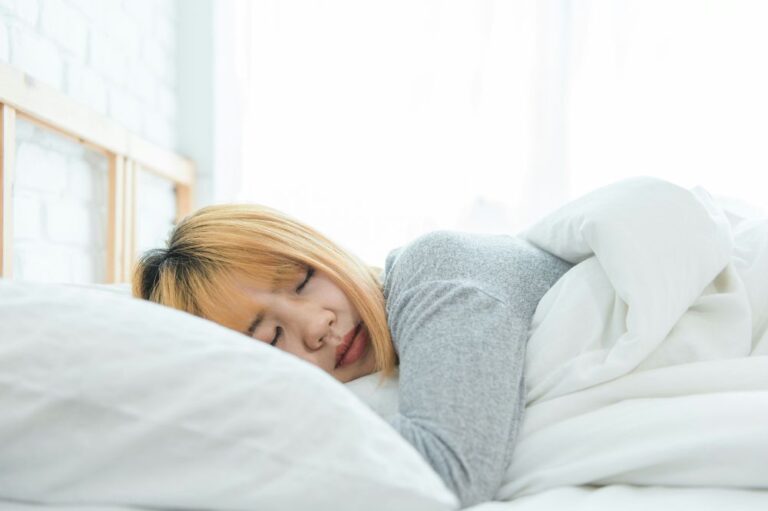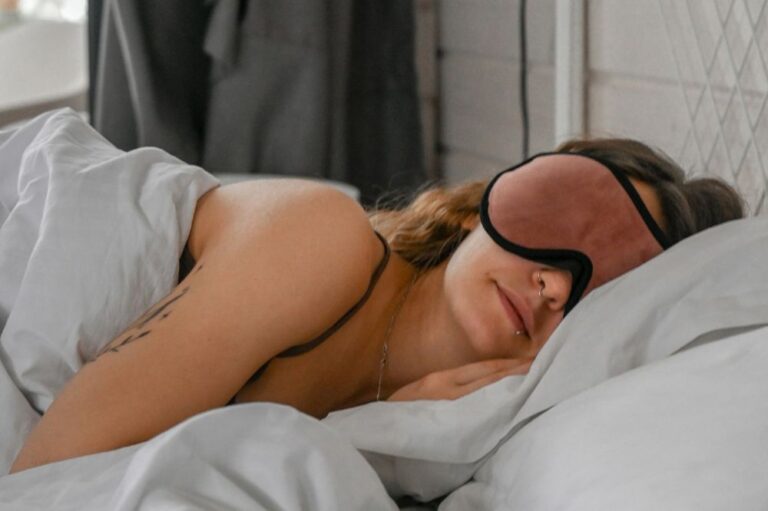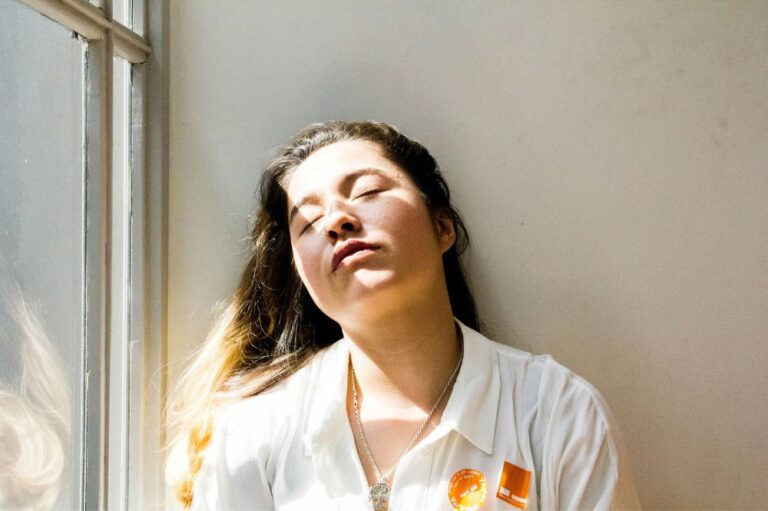Sleep Apnea in Children: Symptoms, Causes, and Treatments
Sleep apnea in children, or pediatric sleep apnea, is a serious sleep-disordered breathing condition that may lead to major health problems, left untreated.

Sleep apnea in children, or pediatric sleep apnea, is a serious sleep-disordered breathing condition that may lead to major health problems, left untreated.

The respiratory tract refers to the upper airway (nose/nasal cavity, sinuses, pharynx) and lower airway (larynx, trachea, bronchial tree, lungs, alveoli).

AHI (the Apnea-Hypopnea Index) is the average number of times per hour a person experiences breathing interruptions. It determines the severity of sleep apnea.

A CPAP (continuous positive airway pressure) device is the most common sleep apnea treatment, but some find lifestyle changes are enough to ease their symptoms.

Considering a sleep apnea test? Learn the 2 types of sleep apnea tests, their pros and cons, what to expect during testing, and the next steps for treatment.

A polysomnography or a home sleep apnea test are the only ways to definitively make a sleep apnea diagnosis. These can identify all 3 types of sleep apnea.

What causes sleep apnea? Sleep apnea causes range from genes to lifestyle and more. Here’s an in-depth look at possible causes of all 3 types of sleep apnea.

Dry mouth, daytime sleepiness, snoring, sore throat, frequent nighttime awakenings, morning headaches, difficulty concentrating & emotional dysregulation.

Sleep Apnea Take charge of your sleep and wellness Are you clocking in several hours of sleep each night but still find yourself persistently tired? You could be suffering from sleep apnea, a disruptive disorder that repeatedly interrupts your breathing throughout the night, disturbing your sleep cycles.